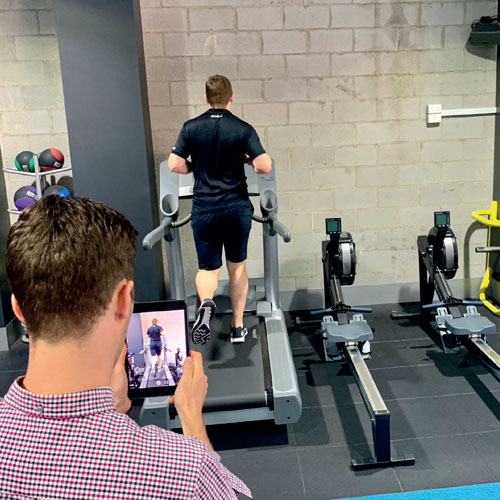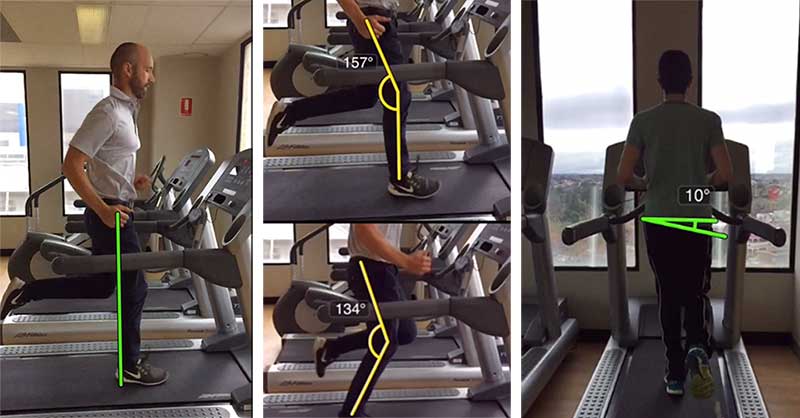-
Mon - Sat
08:00am - 08:00pm


Running is defined as a gait in which there is an aerial phase, a time when no limbs are touching the ground. Aside from wind resistance and gravity, there are no external forces applied to the body during this aerial phase.
Stance time refers to the amount of time your foot is in contact with the ground during running. Elite runners tend to run with a relatively short contact time spending more time in aerial phase.
In running the runner goes in forward inclination of the chest. The spinal analysis includes the symmetry of movement of:

This analyses the rotational and shifting motion of the pelvis which happens during running. The assessment is done to find articular restriction and muscular weakness of the pelvis and core.
Knee bending starts as soon as the foot lands on the ground. During the early part of this phase, the knee also goes in rotation.
As the foot lands on the ground the ankle goes in dorsiflexion (ankle bending) and inwards rotation of the heel with pronation of the foot. Injuries are most common due to the imbalance of the movement and coordination of the ankle and foot
